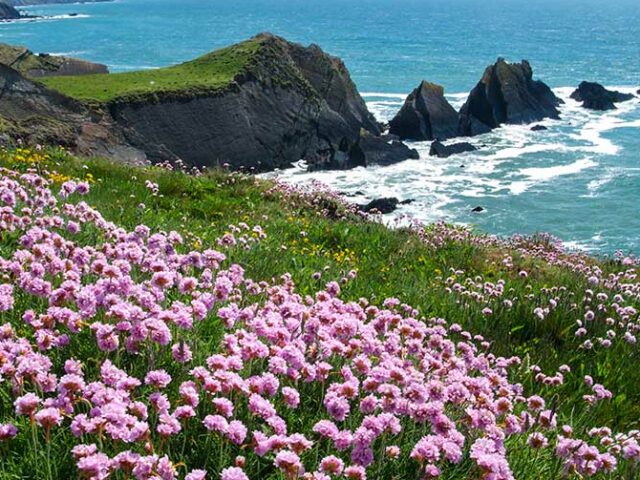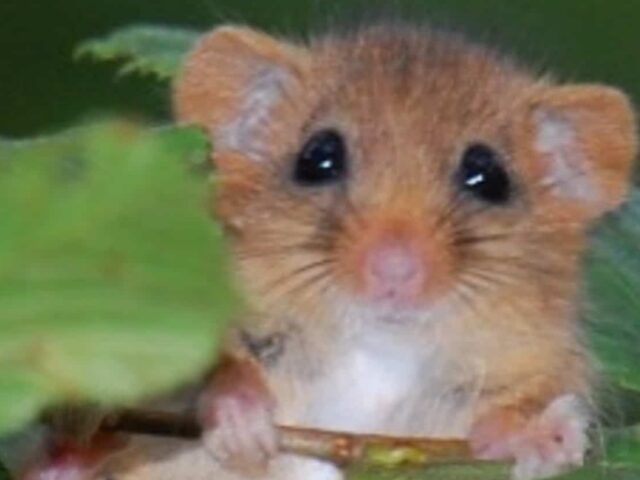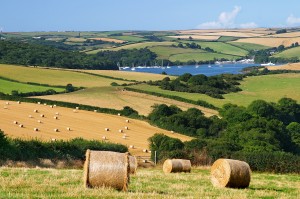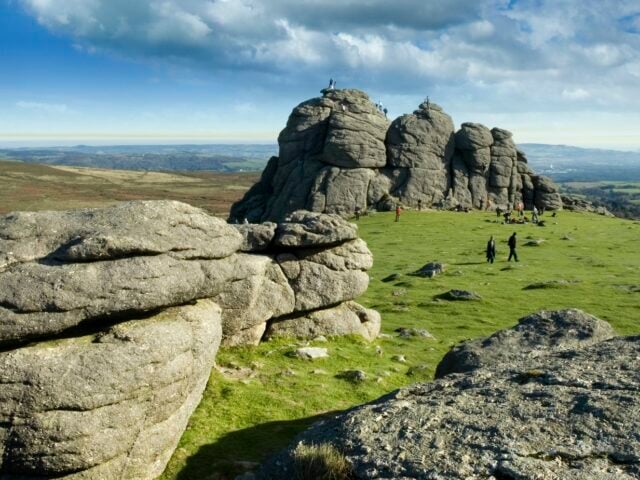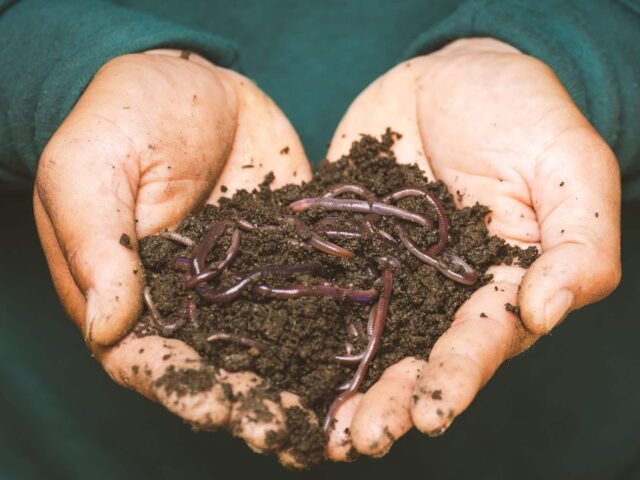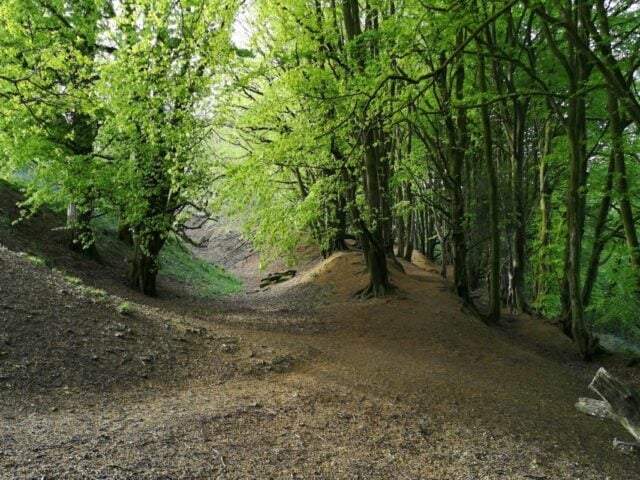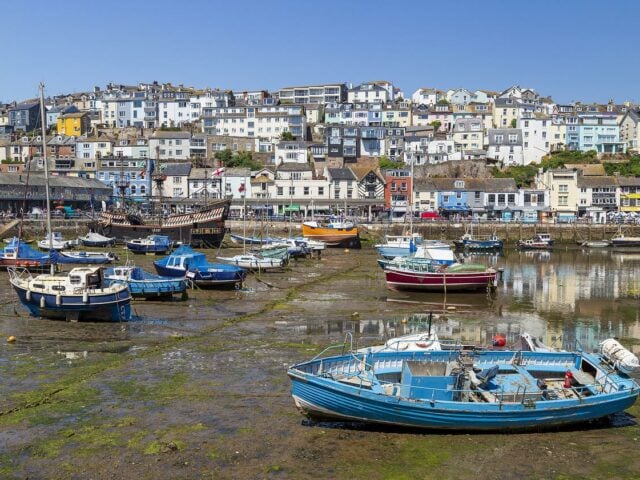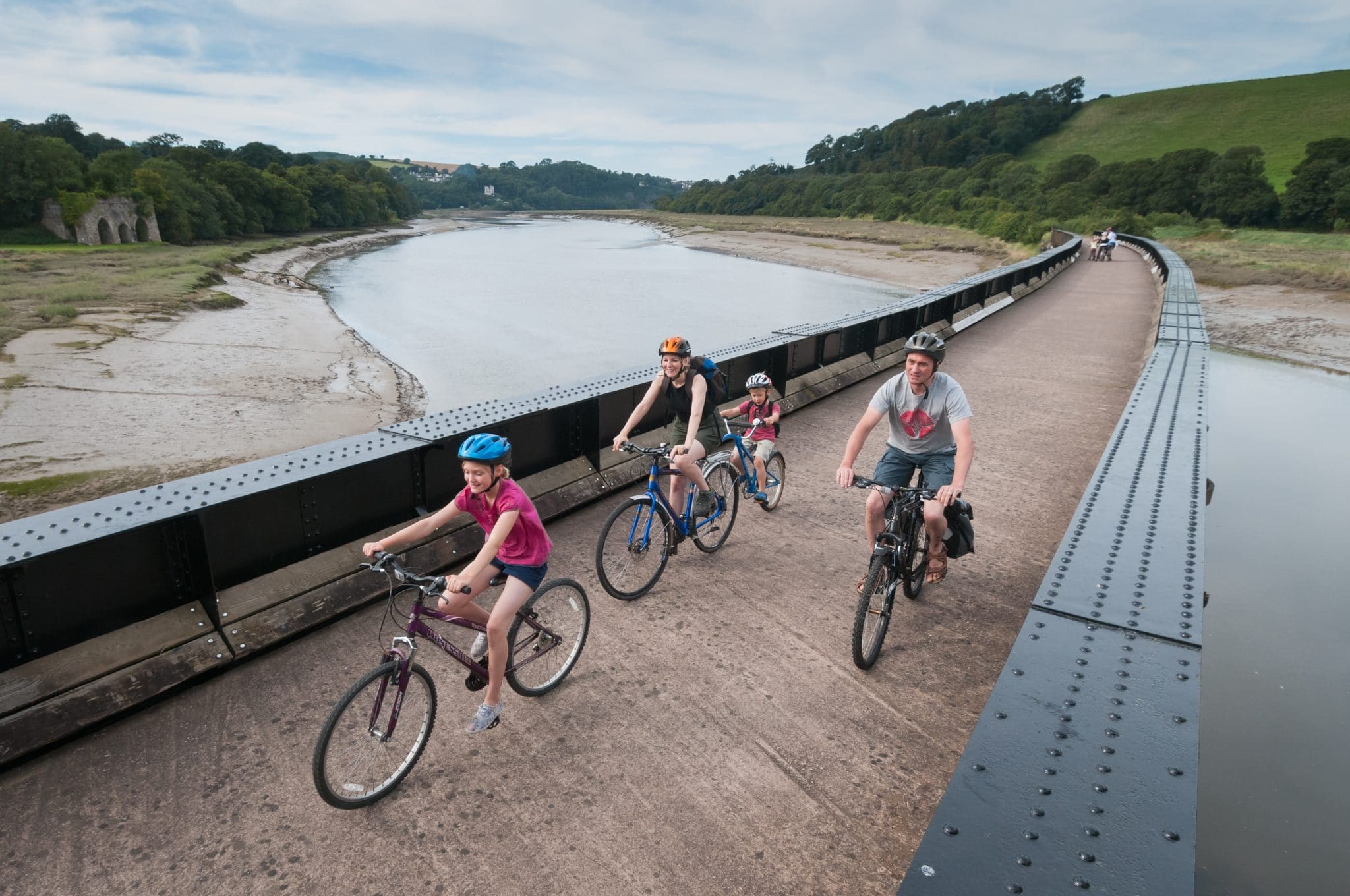The condition of our wildlife and habitats; landscape and land use; air, water and soils, and the impacts of climate change.
Devon supports internationally important populations of species such as otter, dormouse and greater horseshoe bat and a number of globally threatened species, including European eel and freshwater pearl mussel.
Devon’s landscape is one of the county’s most important assets, and includes two National Parks and five Areas of Outstanding Natural Beauty.
Devon is one of the most varied regions for geology in the British Isles. It has two World Heritage Sites designated due to geological interest.
We are dependent on soil, to filter our water, provide food and clean air and store huge volumes of carbon.
Not only man-made structures and archaeological sites, but also landscapes and wildlife habitats arising through human interaction with nature.
Devon Local Nature Partnership works with the Local Enterprise Partnership (LEP) to help develop a sustainable green economy.
Devon is a fantastic place to explore, with its diverse landscape, impressive natural environment, and 86,000 hectares of open access green space.
